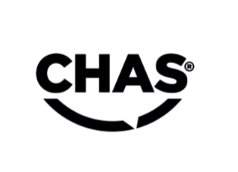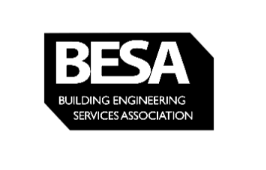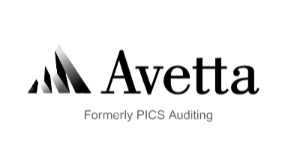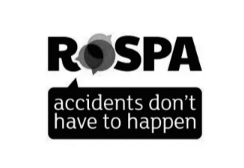phs Group has acquired Citron Hygiene UK - we’re here to support you. Read our customer FAQs and find our contact details here.
Hospitals and healthcare facilities generate large volumes of waste every day – the same as many other organisations and businesses. What sets their waste apart, however, is the medical waste they produce. From used syringes to soiled dressings, the waste produced in medical settings must be carefully separated and disposed of to prevent harm to people, the environment and public health.
Proper waste management starts with understanding what goes where—and that’s where clinical waste bins come in. Learn about clinical waste meaning, and what goes in a hospital bin in our handy guide.
What is the definition of clinical waste?
Medical waste - also known as clinical waste, refers to any waste material generated during the diagnosis, treatment or immunisation of humans or animals. This includes items like used syringes, surgical instruments, contaminated dressings and laboratory waste. Medical waste is broadly classified as either hazardous (posing a risk of infection, injury, or harm to the environment) or non-hazardous. Effective identification and segregation of medical waste are essential to ensure it is handled, stored, transported and disposed of safely.
Why proper waste disposal matters
Globally, healthcare facilities produce an estimated 0.5 kg of hazardous waste per hospital bed per day, according to the World Health Organisation (WHO). Improper disposal of clinical waste can cause:
• The spread of infections
• Needle-stick injuries and exposure to bloodborne pathogens
• Environmental contamination
• Increased waste disposal costs due to poor separation
Using the right bins helps healthcare workers manage waste safely and efficiently - reducing risks and ensuring compliance with regulations.
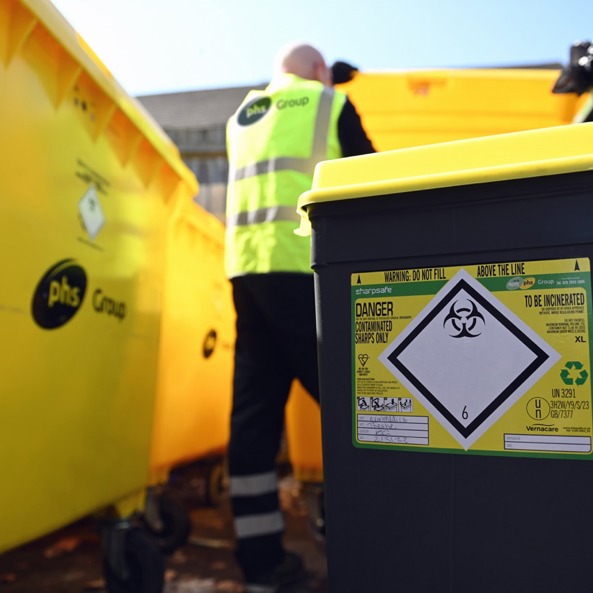
The main categories of medical waste (and the hospital bins they belong in)
Healthcare professionals deal with various types of waste in their roles, including:
What it includes:
• Blood-soaked materials
• Used bandages and dressings
• Discarded PPE from patients with infectious diseases
Where it goes:
Orange-lidded or orange clinical waste bins. These bins are designed for waste that may pose a risk of infection and is typically incinerated or treated before disposal.
What it includes:
• Needles and syringes
• Scalpels
• Broken glass from vials
Where it goes:
Yellow sharps bins with secure lids. Sharps must be disposed of in puncture-proof containers to avoid injury and contamination.
What it includes:
• Expired medicines
• Partially used vials
• Cytotoxic or cytostatic drugs (e.g. chemotherapy agents)
Where it goes:
Blue bins for non-hazardous pharmaceuticals, and purple bins for cytotoxic or cytostatic waste. Improper disposal can lead to serious environmental hazards.
What it includes:
• Human tissue
• Organs and body parts
• Placenta or surgical specimens
Where it goes:
Red-lidded bins or yellow bins with a red lid, depending on local guidelines. This waste is usually incinerated due to its sensitive nature.
What it includes:
• Sanitary waste
• Nappies
• Waste from non-infectious patients
Where it goes:
Tiger-striped bins. This category is non-hazardous but still unpleasant, so it’s handled separately from domestic waste.
What it includes:
• Packaging
• Food wrappers
• Non-clinical office waste
Where it goes:
Black or clear bags, depending on the facility’s recycling policy. Domestic waste should never be mixed with clinical waste.
The role of colour-coded bins in hospitals
Colour-coded clinical waste bins are more than just a visual aid - they’re a compliance tool. The UK’s HTM 07-01 guidance on waste management stresses the importance of correct colour coding to ensure proper segregation, treatment, and disposal. It also helps prevent costly mistakes: mixing general waste with clinical waste can increase disposal costs by up to 400%.
Safe and effective waste disposal with phs
Investing in the right clinical waste bins not only promotes safety and hygiene - but it also ensures compliance with UK regulations. Whether you're managing a hospital, GP surgery, dental practice or care home, having a clear waste disposal system in place protects your staff, your patients and the wider community.
At phs, we provide a range of products and services to help you manage clinical waste effectively. From sharps containers to colour-coded wheelie bins, our solutions support safe and efficient medical waste disposal across all healthcare facilities.
Not only do we sell the products you need to manage medical waste effectively, but we also provide waste collection and cleaning services. This can save your facility time, and ensured your waste is handled correctly. Whatever your needs, our team can make sure they’re met.
Get in touch today to find out more about our medical waste disposal services.































